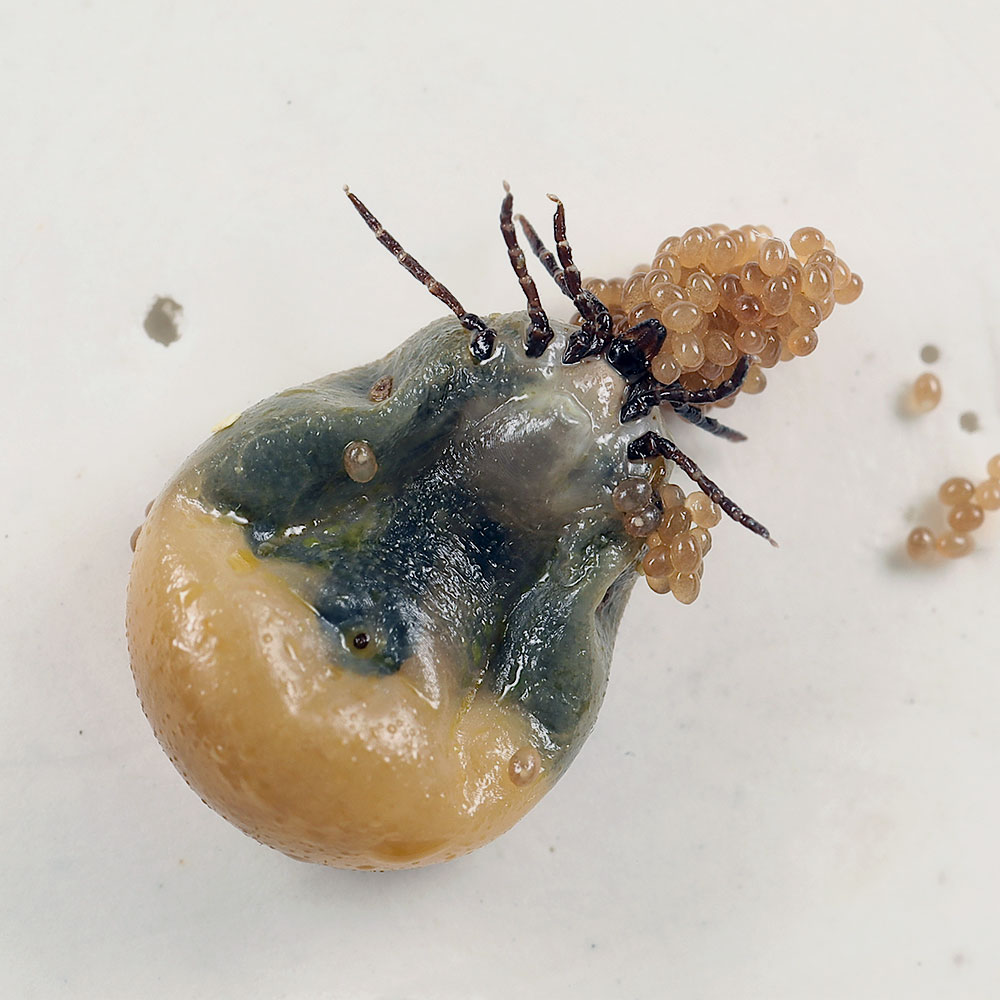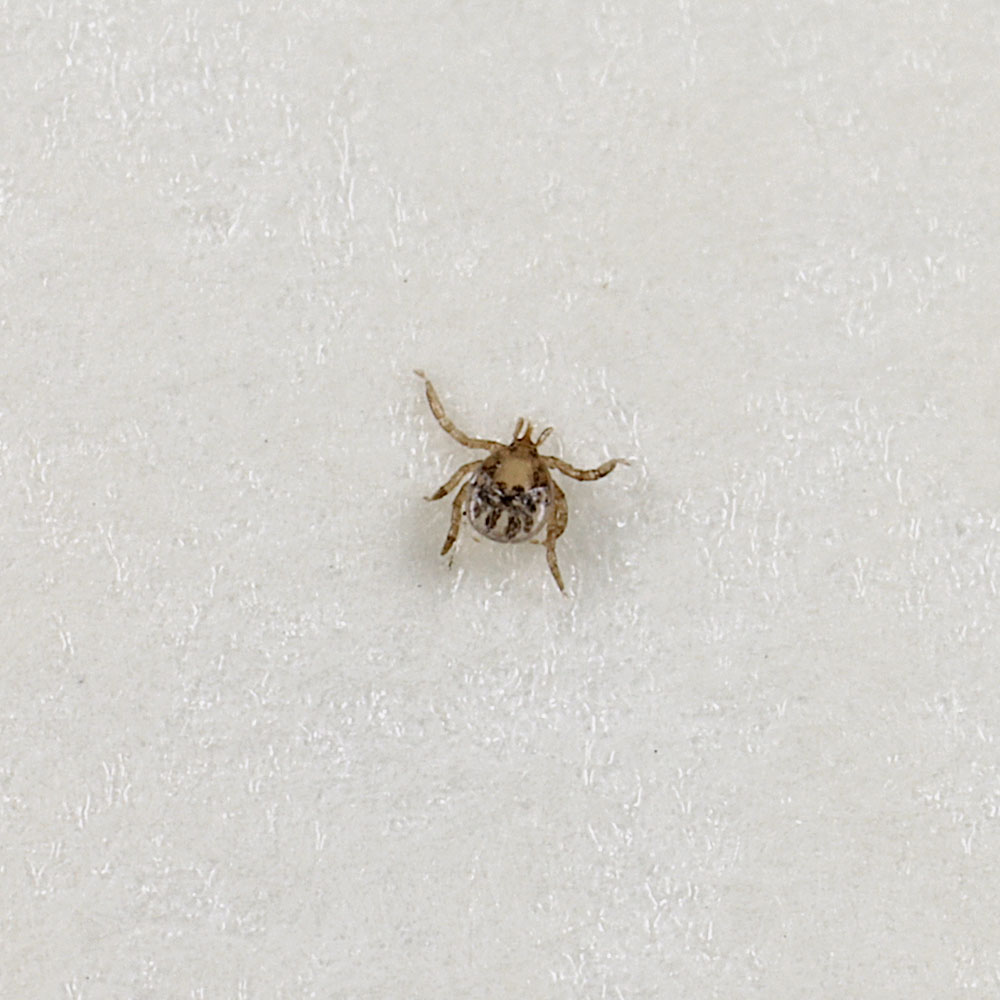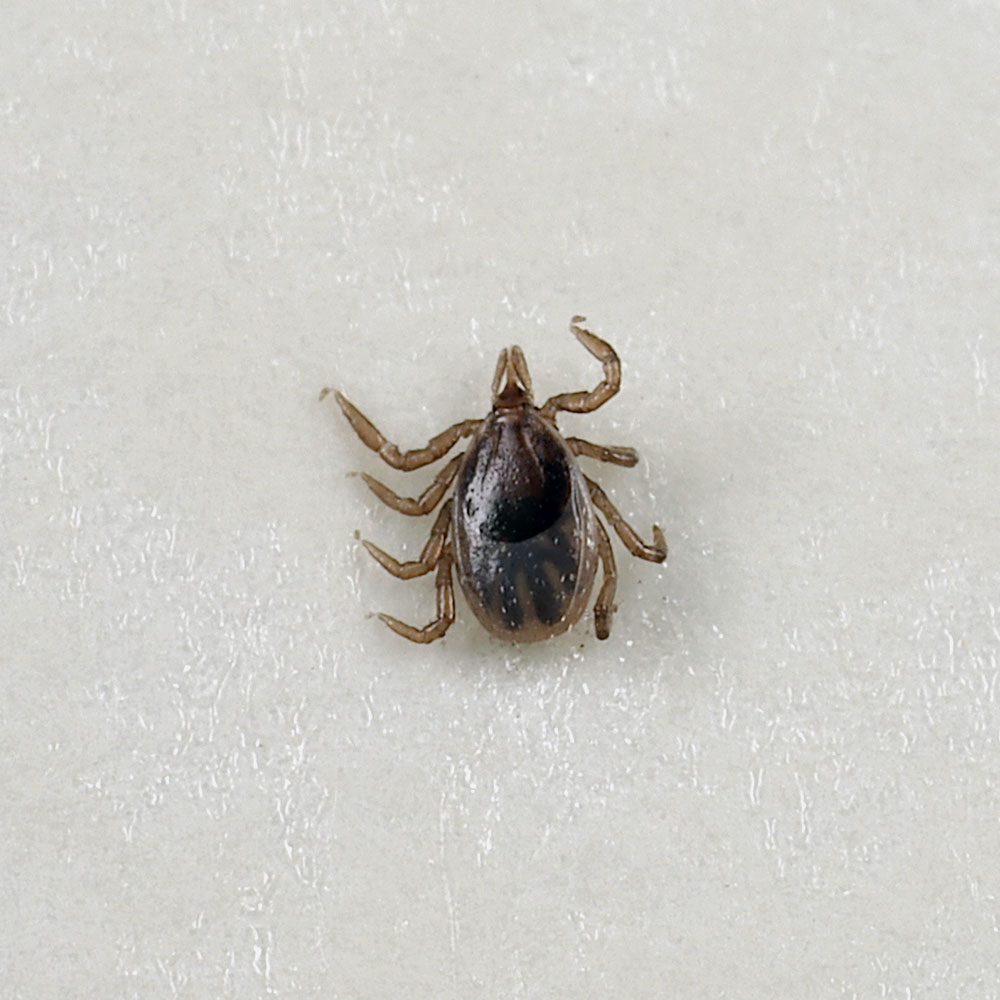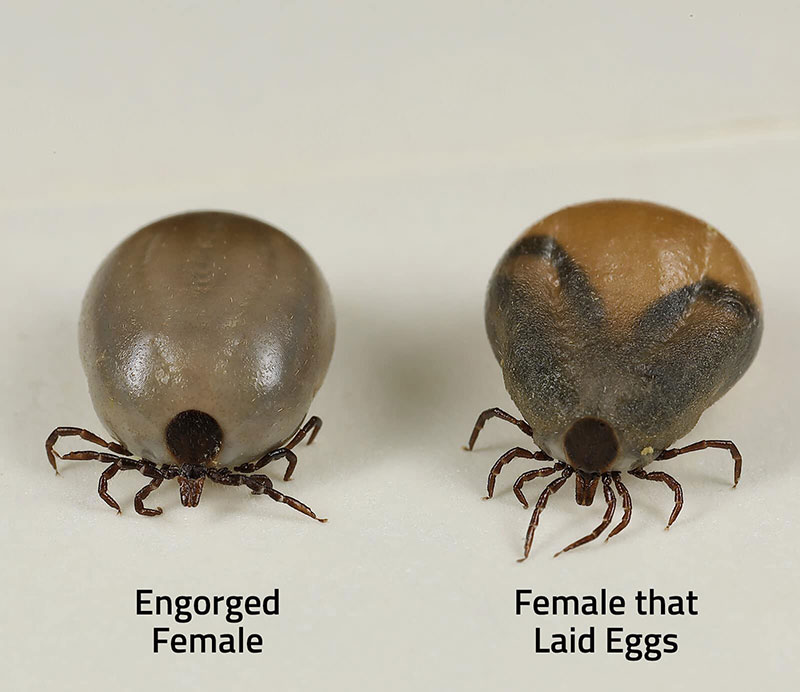The Lifecycle of a Blacklegged (Deer) Tick
Just like most living species, blacklegged (deer) ticks go through a number of very distinct stages throughout their life cycle. While aspects such as their appearance may differ at each stage, their primary goal remains the same: find a host to feed on.
Depending on the species, ticks can live for up to three years, during which they go through four distinct life stages: egg, larva, nymph and adult. Once the egg hatches, a tick needs a blood meal at each stage in order to survive and continue to grow. For females in particular, feeding is essential for reproducing and laying eggs. Each phase of a tick’s life cycle is different and at certain stages these pests can pose serious problems for humans.

Egg
After feeding on a host, adult female ticks typically lay their eggs in the springtime, capable of producing thousands of offspring. Outdoors, ticks are known to lay their eggs in areas where deer or other animals usually roam in order to provide their offspring with access to potential hosts. Unlike most ticks, the brown dog tick can also lay their eggs indoors if brought inside. Eggs can appear translucent and are usually red and brown in color.
Larva
In the summer, tick eggs will hatch into larvae, hungry and ready for their first blood meal. Ticks do not hatch with any diseases or infections, however the smaller animals that they typically feed on at this stage of their life can carry disease-causing pathogens. For example, the white-footed mouse is a known carrier of the bacterium that causes Lyme disease. If a larva feeds on an infected animal, the pathogen can be transmitted to the tick and they become a carrier. Once larvae have finished feeding on a host, they will detach and continue to develop throughout the fall and winter, sheltering beneath leaf litter or nesting on a host for warmth.


Nymph
Come spring, larvae have transitioned into nymphs and will be looking for their next blood meal. At this stage, ticks may seek out larger hosts such as deer, raccoons and, yes, humans. While the warmer months of May, June and July are great opportunities to get outside and enjoy the weather, it’s especially important to take proper tick precautions during this time because the ticks are still tiny and may be infected. Wear tick repellent, long clothing and perform tick checks after spending time outdoors. Ticks will crawl up greenery and wait with their front legs extended outwards for a passing by host that they can latch onto, a practice known as “questing.”
Nymphs that became infected with disease-causing bacteria during their larva stage can transmit these pathogens to hosts such as humans or pets at this point in their life cycle, leading to serious conditions such as Lyme disease. Furthermore, uninfected nymphs can pick up dangerous bacteria from infected hosts such as deer, which can then be transmitted during their adult stage.
Adult
After feeding, nymphs will transition into adults by fall or winter. During this final stage of their life, they will again seek out a blood meal as females in particular prepare to reproduce. Hungry adult ticks that became infected with disease-causing bacteria during their larva or nymph stage can still transmit these pathogens to hosts at this phase as well, making tick prevention important even during the winter months if temperatures are mild enough for tick activity. After feeding, adult ticks will mate, with males typically dying after mating with one or two females. Adult females who have mated will then lay thousands of eggs during the spring before dying soon after, as a new generation of ticks begin their life cycle.

